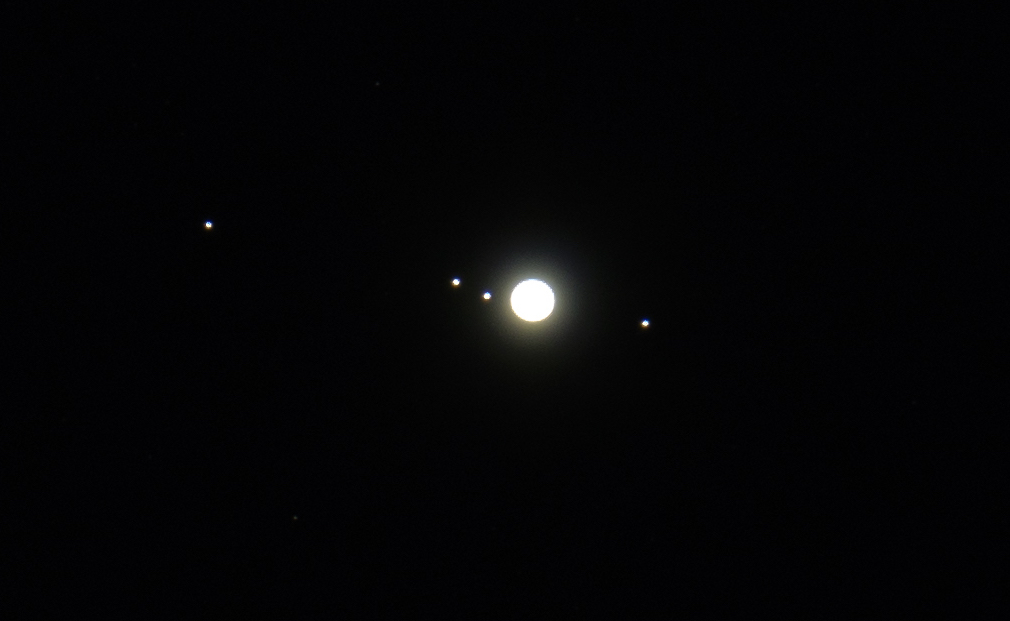Solar System

Luna
Our Moon
The sole natural satellite of Earth, it orbits at a mean distance of approximately 384,400 km. It’s less than a third the size of Earth (radius about 1,738 km at its equator). Its surface gravity is about one-sixth that of Earth, and its gravitational pull is largely responsible for the tides on Earth’s. It rotates on its axis in 27.3 days, exactly the time it takes to orbit Earth, and therefore always presents the same face to Earth.
17th October 2020

SOL-5
Jupiter
Jupiter is the fifth planet from the Sun and the largest in the Solar System. It is a gas giant with a mass more than two and a half times that of all the other planets in the Solar System combined, and slightly less than one one-thousandth the mass of the Sun.
7th July 2020

SOL-4
Mars
Mars is the fourth planet and the furthest terrestrial planet from the Sun. The reddish color of its surface is due to finely grained iron oxide dust in the soil, giving it the nickname “the Red Planet”. Mars’s radius is second smallest among the planets in the Solar System at 3,389.5 km (2,106 mi).




